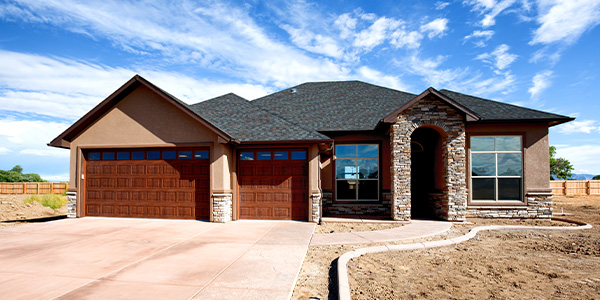Homebuyers
Low Payments Now, High Costs Later: The Truth About Interest-Only Mortgages
November 21, 2024
On the surface, interest-only mortgages may seem like the ideal way for a first-time homebuyer to keep their monthly payments low.
As their name suggests, these loans allow borrowers to pay just the interest on a loan for a set period. When that stretch of time ends, monthly mortgage payments may increase substantially.
However, while this may translate into more manageable monthly mortgage payments initially—these loans could cost homebuyers more over the long run. That’s because borrowers aren’t paying down their principal balance at first.
Interest-only mortgages generally make the most sense for real estate flippers who plan to renovate and sell the home quickly, said Nacho Yogues, a sales manager at New American Funding in Greenwood Village, Colo.
They may also be good for those who expect their incomes to rise substantially in the future or for buyers who only plan to own the home for a few years.
“The advantage of an interest-only loan would be for a short-term investor,” said Yogues.
The basics of interest-only mortgages

With an interest-only mortgage, borrowers pay just the interest on their loan amount for generally between five and 10 years. During this period, the total loan balance will not decrease, unless the borrower chooses to make extra payments toward the principal.
Once the initial period of the interest-only loan is up, borrowers have the option to refinance, make a lump sum payment, or begin making what are often much higher monthly payments toward the interest and the principal together.
That means homeowners aren’t building equity in their properties. If home prices fall, they could wind up underwater on their mortgage, owing more than what the home is worth.
Often, interest-only loans are structured as adjustable-rate mortgages. This means that once the interest-only period is over, the mortgage rate will adjust. This could be a boon to buyers if rates fall—but could be costly if mortgage rates increase.
Borrowers who plan to keep the home should expect their monthly mortgage payments to increase once the initial interest-only period ends and they begin paying off the principal.
In addition, they will generally pay more in interest over the life of the loan as they are not paying down the principal balance at the beginning of the mortgage.
How to qualify for an interest-only loan
Despite the lower initial monthly payments, borrowers still need to qualify for the loan at the higher future payments, said Yogues.
Because interest-only mortgages carry more risk for the lender, most borrowers will need the following to qualify:
- Proof of income, such as pay stubs and bank statements
- The ability to handle larger payments once the initial interest-only period ends
- A higher down payment, although this may vary
- A lower debt-to-income ratio
- A good credit score, usually in the high-600s to mid-700s
Who should consider an interest-only loan?

Even though it may be more difficult to qualify for one of these mortgages, they may make sense for certain homebuyers.
- Those who expect their income to grow, such as someone who will age into a trust in the next few years
- Those who have an income that is not steady or predictable
- Investors or others who plan to sell the property before the interest-only period ends
“You don’t want to pay [the full monthly mortgage] payment if you're going to turn around and sell the property in two or three months after you're finished renovating it,” Yogues said.
Those who plan to stay in the home for longer may want to consider making larger monthly payments to start paying down the loan balance early and begin building equity, said Yogues.
Is an interest-only mortgage right for you?
The major benefit of an interest-only loan, Yogues said, is the lower monthly payments.
“The downside is you’re not attacking the principal,” he said.
Nacho Yogues NMLS #756016






 Smart Moves Start Here.
Smart Moves Start Here.